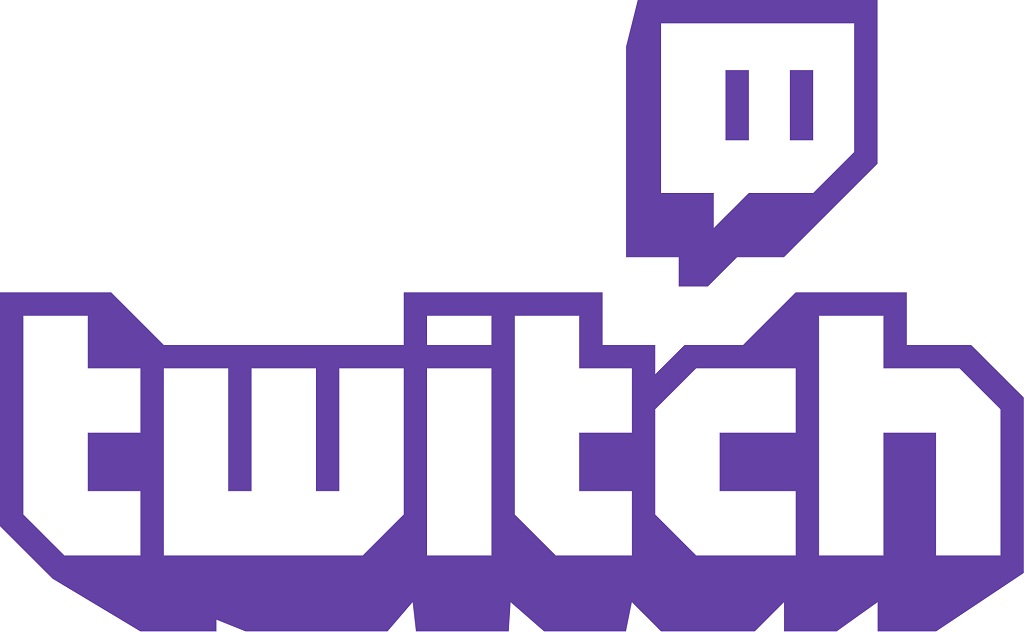If you think about it, the recent announcement of Twitch selling games makes perfect sense. With over 1.5 million streamers being watched by hundreds of millions of viewers per month, there is an audience ripe for pitching games to — and who better to advertise titles than other gamers?
The only real surprise is that this move took so long to happen.
Twitch viewers can now buy games from two different areas on the site — the game’s detail page and the channel page itself, with the purchase link tucked under the game being streamed. For partnered streamers, this offers another revenue stream — 5% of all sales made via their channel will go into their pocket. Twitch will take a quarter of the proceeds and the rest will go to the game developer.
It’s basically an all-round win for all concerned.
Gamers get paid to stream, and encouraged to improve their content in order to attract more visitors and potential buyers. Game creators get exposure of their game on Twitch as before, but now with the added benefit of an extra shop front tagged on — and thus generating money. Viewers will have a quick link to purchase if they like what they see, and will be given a Twitch crate on top as a bonus. Finally, Twitch (and therefore their parent company Amazon) will obviously pull in 25% of everything sold.
It should also be noted that the games will be installed via accounts linked through Twitch, such as Uplay, rather than redeemed via separate keys. But like Steam, a separate launcher will keep buyers cocooned within the Twitchverse.
Why did it take so long for Amazon to implement this on Twitch?
There are a number of factors at play.
Firstly, this move puts them in direct competition with Steam, the behemoth of the PC digital download industry. This isn’t something that Amazon were going to just roll out without thought or analysis. Furthermore, the service will be reliant on publishers signing up to allow this link between stream and shop, and since big names like EA have their own Origin service to sell titles, they are currently keeping away. Activision and Square Enix are also absent, though this may change in the future.
With Valve’s absence, the likes of DOTA 2 and CS: Go will be off the table — at least for now — and League of Legends developer Riot Games has not signed up either, taking out three of the biggest streamed games on the platform. It will be interesting to see how Twitch addresses this.
Ethics may also be involved here. Amazon will have also considered how blurring the lines between game streaming and retail will actually affect Twitch. Now, the biggest streamers could potentially be incentivized to only play games from the publishers who are affiliated with Twitch, leading to a narrower breadth of game coverage — remember Amazon Game Studios is around, and that Amazon does own Twitch. Publishers could try and influence streamers to play their games to the detriment of smaller titles, which in turn would be bad news for both smaller studios and viewers wanting to learn more about new, lesser known games. The move is yet another blow for physical retailers too, in a time where digital download sales now exceed boxed copies, and the number of game stores in towns and cities is dwindling.
Until we see exactly what is lined up in the coming weeks, it’s impossible to say exactly what impact the changes will have on the way that both Twitch and its streamers operate. Whether Amazon will subsidize games sold through Twitch in order to compete with the frequency of Steam sales is another unknown, but gamers are savvy enough to shop around for the cheapest price and won’t fork out fifty bucks on a game if they can get it for half the price outside of Twitch. However, it’s a bold challenge to Valve’s dominance of the marketplace, and one we’ll be keeping a close eye on this spring.







Published: Feb 28, 2017 05:59 am